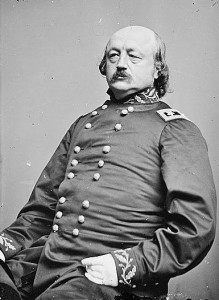

It cannot have been an easy decision for the men.


That was when the three slaves decided to leave the Confederacy and try their luck, just across the water, with the Union. Their master, a rebel colonel named Charles Mallory, was planning to send them even farther from home, to help build fortifications in North Carolina. They labored beneath the banner of the 115th Virginia Militia, a blue flag bearing a motto in golden letters: “Give me liberty or give me death.”Īfter a week or so of this, they learned some deeply unsettling news. Yet history would come to Fort Monroe not amid the thunder of guns and the clash of fleets, but stealthily, under cover of darkness, in a stolen boat.įrank Baker, Shepard Mallory and James Townsend were field hands who - like hundreds of other local slaves - had been pressed into service by the Confederates, compelled to build an artillery emplacement amid the dunes across the harbor. Perspiring squads of soldiers hauled giant columbiad cannons from the fort’s wharf up to its stone parapets. Frigates and armed steamers crowded the nearby waters known as Hampton Roads, one of the world’s great natural harbors. Two and half centuries later, in the first spring of the Civil War, Fort Monroe was a lonely Union redoubt in the heart of newly Confederate territory. This spot where the slaves took refuge was also, by remarkable coincidence, the spot where slavery first took root, one summer day in 1619, when a Dutch ship landed with some 20 African captives for the fledgling Virginia Colony. Fort Monroe, Va., a fishhook-shaped spit of land near the mouth of the Chesapeake Bay, had been a military post since the time of the first Jamestown settlers.

This program at the National Constitution Center in Philadelphia on April 13, 2011, was held in partnership with the Rutgers-Camden School of Law’s conference “The Constitution and the Sectional Conflict” the previous day.Īdam Goodheart, a Civil War columnist for The New York Times, recounts the first year of the Civil War in 1861.On May 23, 1861, little more than a month into the Civil War, three young black men rowed across the James River in Virginia and claimed asylum in a Union-held citadel. April 12, 2011, marked the 150th anniversary of the start of the Civil War. Adam Goodheart discussed the beginning of the Civil War with Richard Beeman and responded to questions from members of the audience. The author examines the revolutionary fervor that ran through the nation prior to the start of the war and the momentum that led to the early clashes. T17:29:11-04:00 Adam Goodheart, a Civil War columnist for The New York Times, recounts the first year of the Civil War in 1861.


 0 kommentar(er)
0 kommentar(er)
